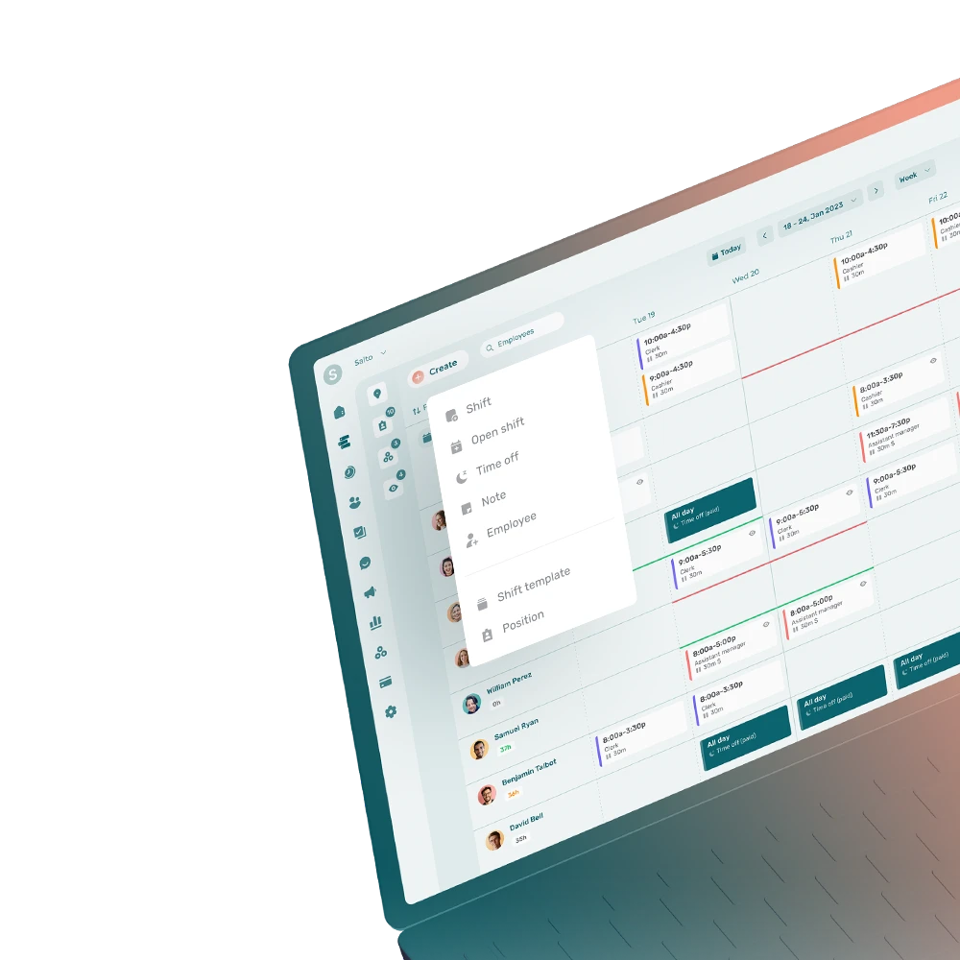An OKR (Objectives and Key Results) refers to a goal-setting and leadership management methodology used to set challenging goals and milestones with measurable results for a company.
How to Define OKRs?
To define OKRs, companies have to:
- Determine and monitor clear, concrete, significant, action-oriented objectives to achieve over a specific period of time
- Identify specific, time-bound, and ambitious key results; measure and track their progress
- Write OKRs as a statement
- Share the OKRs with the employees
- Track the progress and adjust the strategy accordingly
How to Track OKRs?
OKRs can be tracked using several strategies such as:
- Using an OKRs tracking software
- Sharing the OKRs dashboard with all the employees
- Checking OKRs regularly and updating the employees on their completion
- Defining clear ownership for each objective and key results
How to Align OKRs with Business Strategy?
To align OKRs with a company’s business strategy, decision-makers need to have a perfect understanding of the mission and values of the organization.
OKRs should support long-term goals of the organization and ensure its success.
What Is the Difference Between Objectives and Key Results?
Objectives are the goals of a strategy. They are action-oriented and are set for the long-term.
Key results are the outcomes of the strategy. They are specific and set in time. The key results depend on the objectives.
What Is an Example of OKR?
An example of OKR could be:
Increase the revenue of the company by 35% in 1 year by focusing on increasing customer retention by 10%, increasing the average order to $150, and launching 2 new products.
What Are Examples of Objectives?
Examples of objectives include:
- Improving the employer brand of the company
- Increasing annual profit by 10%
- Becoming a carbon neutral company
- Opening 2 new locations
- Building a stronger corporate culture
- Attracting better candidates
- Becoming a paperless company
- Improving customer satisfaction
What Are Examples of Key Results?
Examples of key results include:
- Reducing waste by 25%
- Using compostable-only packaging
- Reducing employee turnover by 20%
- Organizing one team-building activity every 2 months
- Hiring a new branch manager
- Launching 4 new products
- Sending a newsletter to customers every week
What Are Good Key Results for OKRs?
Good key results for OKRs should be SMART:
- Specific
- Measurable
- Ambitious
- Realistic
- Time-bound
What Is the Difference Between OKRs and KPIs?
OKRs are related to the overall strategy of a company whereas KPIs (Key Performance Indicators) are related to tracking the progression of specific goals.
For example, KPIs can be used to track the progress of key results.








